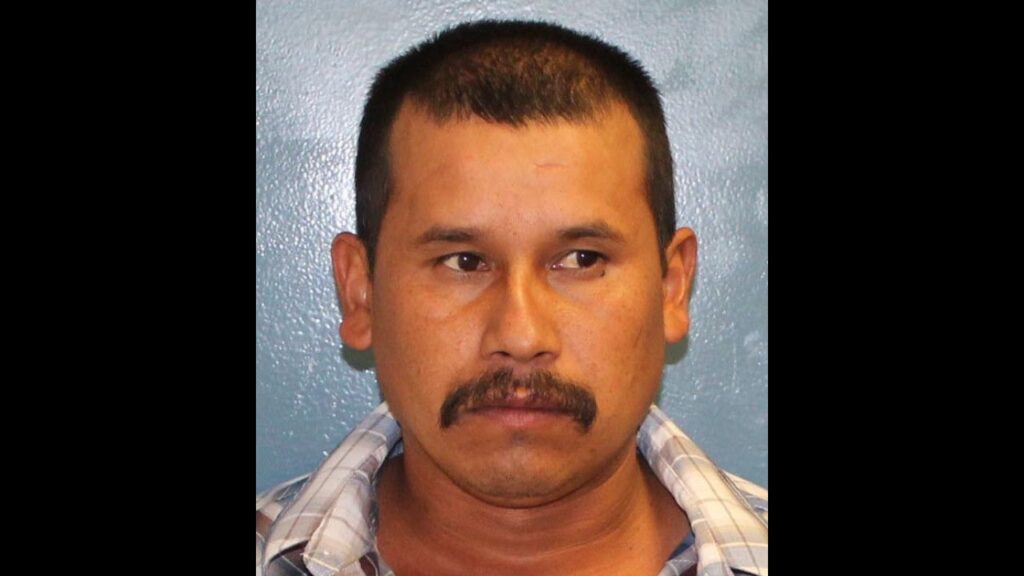California's public universities offer 32 campuses, with applications for fall 2025 now open and deadlines approaching. (EdSource/Julie Leopo)

- UC and CSU applications for fall 2025 are due Dec. 2, 2024, with specific eligibility requirements for each system.
- Application fees vary, with waivers available for eligible students; FAFSA should be submitted by March 2025 for financial aid.
- Early action and decision options are available, but students should carefully consider the binding nature of early decision.
Share
|
Getting your Trinity Audio player ready...
|
College applications are open for the fall 2025 term, and deadlines are looming.

Mallika Seshadri
EdSource
California’s two public university systems — the University of California and California State University — provide the state’s students with 32 campuses to choose from.
That’s on top of more than a hundred community colleges that can provide pathways to transfer to other campuses and associate degrees. Some also offer bachelor’s degrees.
Here are the basics of how and when to apply.
When Are College Applications Due?
It depends on the college or university. The UC and CSU deadline for fall 2025 admissions to all undergraduate campuses is Dec. 2, 2024.
Community college admissions do not have a specific deadline, but it’s generally better to apply early. Private colleges and universities have their own deadlines, with most in mid-January.
(This article originally appeared on EdSource.)
Who Is Eligible to Apply for California Colleges?
To apply to the UC system, students who are residents are required to earn at least a C in the following so-called A-G requirements — and maintain a GPA in those courses above 3.0 during their sophomore and junior years.
- Four English classes
- Three math classes, though four are recommended
- Two science classes, though three are recommended
- Two history classes
- Two courses in a world language, though three are recommended
- One class in the visual or performing arts
- One college preparatory elective class
Eligibility for California residents to apply to CSU is similar with respect to the A-G requirements, and applicants must have a GPA above 2.50. Students who do not meet the GPA threshold but have higher than a 2.0 could still be considered for admission with other supplemental factors taken into account.
Those supplemental factors can range from a GPA specific to math and science to household income to extracurricular activities.
Individual campuses have their own supplemental materials, which can be found here.
Standardized tests are not required for the UC or CSU systems.
Related Story: Only 1 in 5 California Community College Students Makes It to a University, ...
How Many Applications Do You Need to Complete?
That depends on the colleges or universities a student is applying to — and whether they’re public or private.
There is a single application for all UC campuses and another for all CSU campuses, so there is no need to apply to each university separately.
Many private colleges and universities, however, rely on the Common Application, which has its own universal essay prompts and allows campuses to customize additional requirements, including essays, short-answer questions and letters of recommendation.
What Does the Application Involve?
In addition to students’ grades, the UC application also requires students to respond to four personal insight questions — or short essays under 350 words. There are eight prompts to pick from. The UC also has applicants expand on their experiences in high school, including a list of extracurricular activities and achievements.
The Cal State application is far simpler, and the main factor considered in the admissions process is a student’s grades in college preparatory classes taken after ninth grade.
Generally, the CSU system does not require writing essays.
For private campuses, essays are often required, along with letters of recommendation.
Related Story: Fresno State Weighs in on City’s Industrial Battle: Be Wary of ...
Are Early Action and Early Decision Good Options?
Early action and early decision give students the opportunity to apply to a college or university early — and also receive their decisions months early.
They are more common options at private colleges and universities — and can be good options if your child is ahead of the game, ready to click “submit” and wants to express a special interest in the campus.
Here’s the main downside of applying early decision: If your child is accepted, they will have to commit to that university and turn down any other offers of admission.
Early action, on the other hand, is generally not binding. So, they can be accepted early and still decide to attend another university.
How Much Does It Cost to Apply to Colleges?
There is a single application for the UC system, and it costs $80 for every campus selected. Meanwhile, the CSU system charges $70 per campus, and community college applications are free for U.S. residents.
Private campuses vary — but often charge between $50 and $100.
What If You Can’t Afford the Application Fees?
The UC system will waive the application fee for up to four campuses in cases where students wouldn’t be able to apply without financial assistance.
Fees can be waived for students who are eligible for AB540 benefits and for U.S. citizens and permanent residents.
The application itself will notify students if they are eligible once they add their family’s income and size in the “About you” section.
The CSU system also affords students application fee waivers; and, students automatically find out if they’re eligible once they complete the application.
Eligibility for CSU waivers involves the same criteria as the UC system — but students also have to have been a California resident for at least one year.
Like the UC system, the CSU waiver can apply to a maximum of four campuses.
Several private colleges and universities also provide fee waivers for students who need it.
Related Story: Voting ‘Yes’ on E Will Turn Fresno State Into a World Class ...
How Do You Apply for Financial Aid?
For federal assistance with financial aid, it’s important to fill out the Free Application for Federal Student Aid, or FAFSA. In California, students should aim to submit the form — which was revamped last year to make it more straightforward — by March 2025.
Here’s another EdSource Quick Guide focused specifically on the FAFSA.
The California Dream Act was also updated earlier this year and expanded to also serve students who are U.S. citizens but who have a parent without a Social Security number.
When Should You Expect to Hear Back From Universities?
Students usually hear back from colleges they’ve applied to in March — unless they apply for early action or early decision.
About the Author
Mallika Seshadri covers education in Los Angeles, including LAUSD, for EdSource. Previously, she interned with NPR’s “All Things Considered” and “National Desk” and covered higher education for the CalMatters College Beat. Her reporting has been published by The San Francisco Chronicle, ABC, CBS and NPR member stations across the country.
RELATED TOPICS:
Categories

Madera Police Arrest Two Suspects in Armed Robbery Case

Visalia Woman Arrested for Inappropriate Relationship with Teen

Tulare County Man Sentenced to Life for Murder of Cecilia Cabrera















